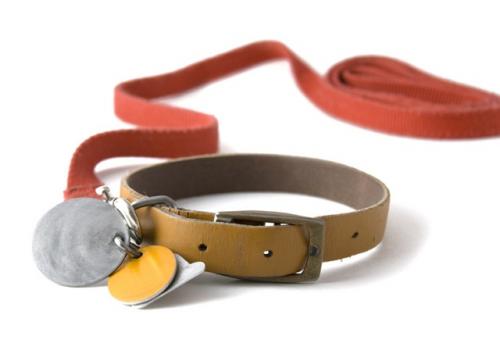Every year, hundreds and thousands of pets disappear, and as usually not the fault of their owners. This can happen if the child or the postman will leave the gate open, or, for example, the dog, in pursuit of the squirrel, jumped off the leash. Regardless various reasons, the good news is that a large percentage missing pets reunited with their worried the owners are relatively quick, but sometimes their journey back it took several days, weeks, or even months to go home. Microchipping your pet is the only way today give your pet the greatest chance to get back home quickly and safe. When a stray animal is picked up by a veterinary service, first, what they check to find out the identity of the owner, this is information on the collar. Otherwise, they will check the stigma and scan microchip, without them, tracking the owner will become much more difficult if not impossible.

What is a microchip?
Contents
A microchip is a tiny electronic capsule that has about the size of a grain of rice and is commonly used for identification of dogs and cats, but can also be implanted in other animals such as horses, parrots, small birds. The microchip is made from an inert material, from sodium-calcium silicate glass, which guarantees the absence of any adverse effects on the animal. The chip does not contain a source food and is activated only when it is affected scanner, so it can easily work throughout life pet. The chip is implanted in the animal using a needle, operation usually carried out by a veterinarian or other suitable doctor or specialist. The chip is usually inserted under the skin at the back of the neck, between the shoulder blades along the midline of the back in both dogs and cats.
Each microchip contains a unique identification number, which can only be read with a scanner. This number should be stored in a national database of chipped animals, in order to find out contact details if necessary owners.
Is the procedure painful for the pet?
Pet Chipping Procedure is very short, relatively painless and requires no anesthetics or painkillers funds. The procedure lasts a few minutes, and the animal will feel just pain that looks like a regular injection. Like any individual being, pet can respond to surgery in their own way, some animals may flinch and whine, while others will not react at all. In order for the procedure to pass as safe as possible, it would be better to carry it out qualified veterinarian.
What are the risks?
Microchipping is one of the safest operations for animals, and complications that can occur in pets due to microchips are incredibly rare. However, as with all medical operations, there is minimal risk that can be reduced Only by qualified personnel.
Studies have also been conducted that have indicated a slight increase in the risk of cancer in chipped animals, however, it should be emphasized that millions of domestic animals already have a microchip, and every year their number increases without any side effects. When you weigh this tiny risk and the huge benefit of the chip, it becomes clear that Chipping a pet is a good solution anyway.
How much?
In many specialized centers and veterinary clinics the procedure will cost an average of about $ 30, as components Chips have imported components. Also, in some charities can carry out the procedure for part cost.
What if you need to change the information in the microchip
If you have moved or changed your phone number, it’s important how Chip information updated as soon as possible. How to do it Depends on the registry in which information about your animal is stored. There is currently the option to change information on internet, or by mail, however, usually to update the information you will need to make a small fee.
If you buy an animal that already has a microchip, it’s important so that you get access to the contact details of the previous owner. Without them, changing data will become much more difficult. If you accepted a dog or cat in a rescue center or shelter, they should help to you in this.
Is a chipping procedure mandatory?
Chipping is not currently required. pets. However, periodically appear in government legislative change initiatives. Anyway, Responsibility for pets rests with their owners, and the issue of animal safety is entirely in their hands.






